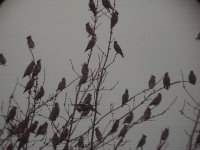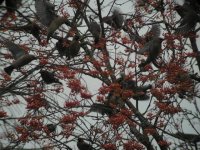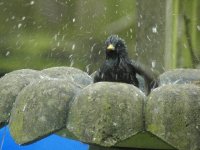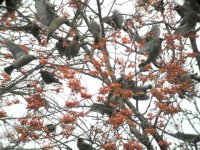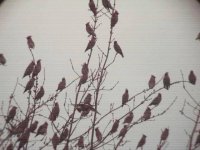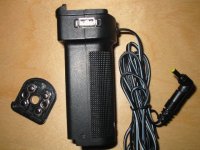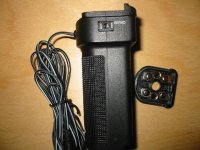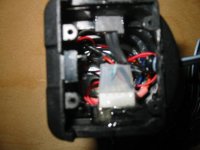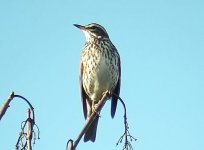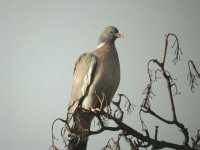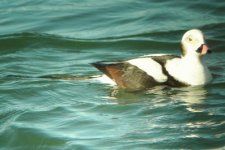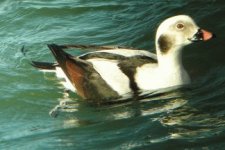I took lots of photos of Waxwings, got home, and they were rubbish!.
I have attached 2 of them, plus one taken in my garden which is OK.
Question is, why are the waxwing ones `washed out`?.
I know nothing about photography (perhaps thats the answer!), so could do with a few tips on changing the settings in different situations.
I know its possible to improve these to some degree using software, but they will still be lacking in detail.
Thanks for any suggestions,
Brian.
I have attached 2 of them, plus one taken in my garden which is OK.
Question is, why are the waxwing ones `washed out`?.
I know nothing about photography (perhaps thats the answer!), so could do with a few tips on changing the settings in different situations.
I know its possible to improve these to some degree using software, but they will still be lacking in detail.
Thanks for any suggestions,
Brian.




